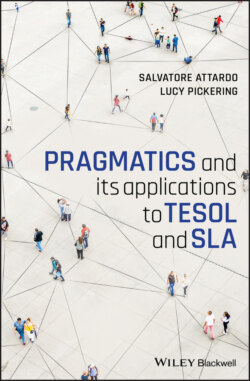Читать книгу Pragmatics and its Applications to TESOL and SLA - Salvatore Attardo - Страница 12
1.1.2 Extensional and Intensional Semantics
ОглавлениеConsider the musical terminology of “largo” (see Figure 1.5). You are probably not familiar with the term, unless you are a trained classical musician. You may perhaps know that it is a tempo, that is, a description of how fast the music is to be performed. You may even be aware of the fact that largo is slower than allegro or andante, so you have some idea of what “largo” means, but until you actually hear a performance of a piece played in a largo tempo, you will not actually know what largo means. The difference is that when you are working with the theoretical definition, and the definition in terms of what “largo” is not (i.e., not allegro, not andante, etc.) you do have a meaning in mind, but when you actually hear it performed you have also something in the world that this meaning refers to.
Figure 1.5 Partition for the beginning of a Rachmaninoff piece with largo tempo.
We thus distinguish two approaches to semantics: the extensional approach that sees the meaning of a word as the thing it refers to and the intensional approach that sees meaning as the relationships that a word has with other concepts. We will consider them both.
